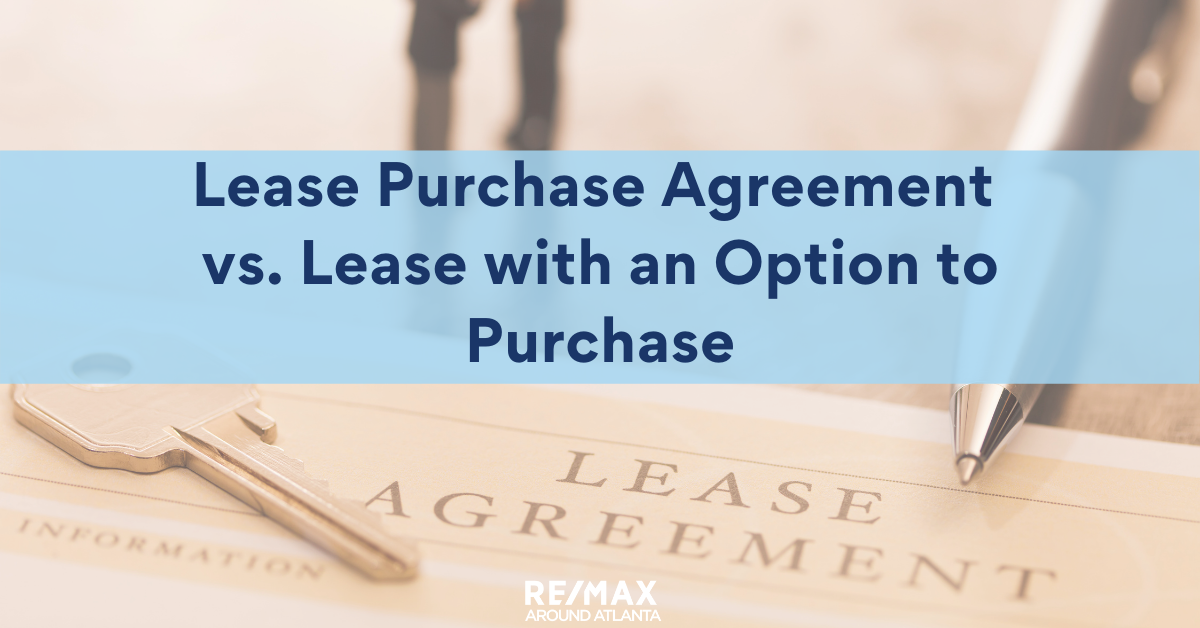|
Often, when a potential buyer chooses to lease instead, it is because they are not yet qualified to purchase. There may have been a downturn in finances or credit. There is a willingness to buy, just not quite yet.
There are 2 ways that the tenant can proceed. The preferred path may depend on who you represent. If the choice is to do a Lease Purchase, the Tenant is obligated to purchase at the end of the lease term. The Tenant has probably given an earnest money deposit. However, if, at the end of the lease term, the Tenant is still not able to purchase, then the tenant forfeits the deposited funds. Good for the Landlord. Not so good for the Tenant. On the other hand, consider a lease with an option to purchase. With an option to purchase, the tenant and landlord execute a lease as usual. They would also execute an Option Agreement to Purchase Leased Property as an Exhibit to the Lease. (GAR F243). The Option Agreement to Purchase Leased Property looks a lot like a standard Purchase and Sale Agreement, but is modified to suit its purpose. It includes the majority of the terms of a standard Purchase and Sale Agreement, including contingencies, but it does not lock the Tenant into a purchase. If the Tenant chooses not to exercise the option to purchase, they just walk away. Earnest Money is not delivered until the exercise of the Option Agreement. If you are a tenant and are willing to set a price today, but need flexibility just in case, an Option to Purchase a Leased Property may be the way to go. Relevant GAR documents are 1) F243 Option Agreement to Purchase Leased Property Exhibit and 2) GAR F 282 Notice of the Exercise of Tenant/Buyer’s Option to Purchase Property.
0 Comments
Leave a Reply. |
RMAAReal Estate News, Brokers Blog & More Categories
All
Archives
July 2024
|


 RSS Feed
RSS Feed